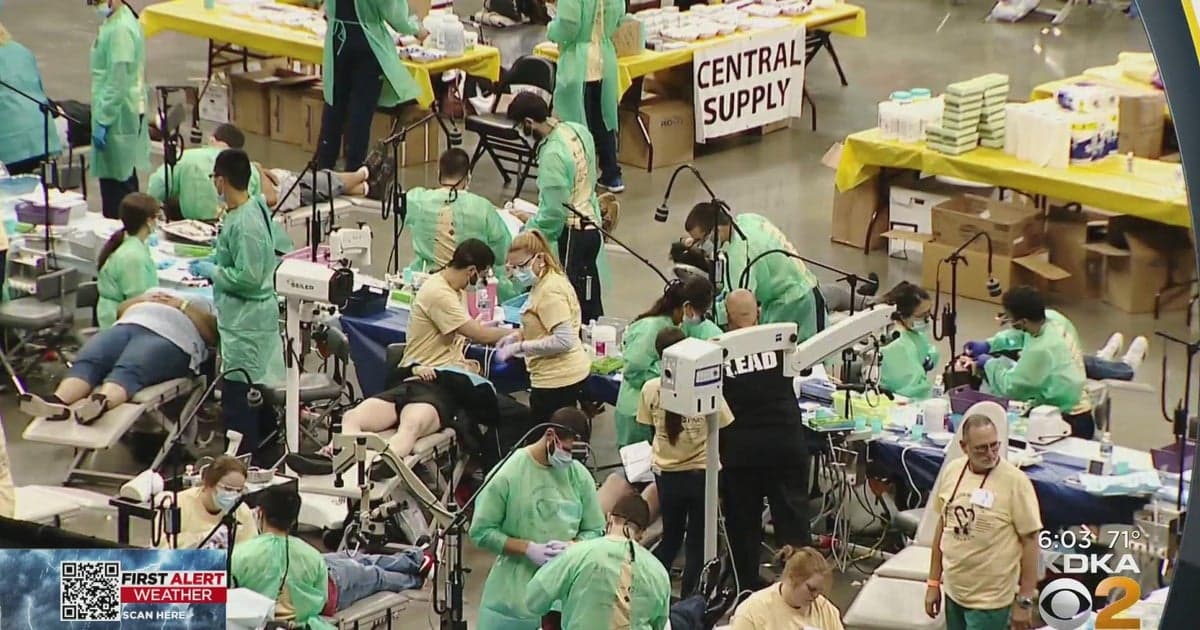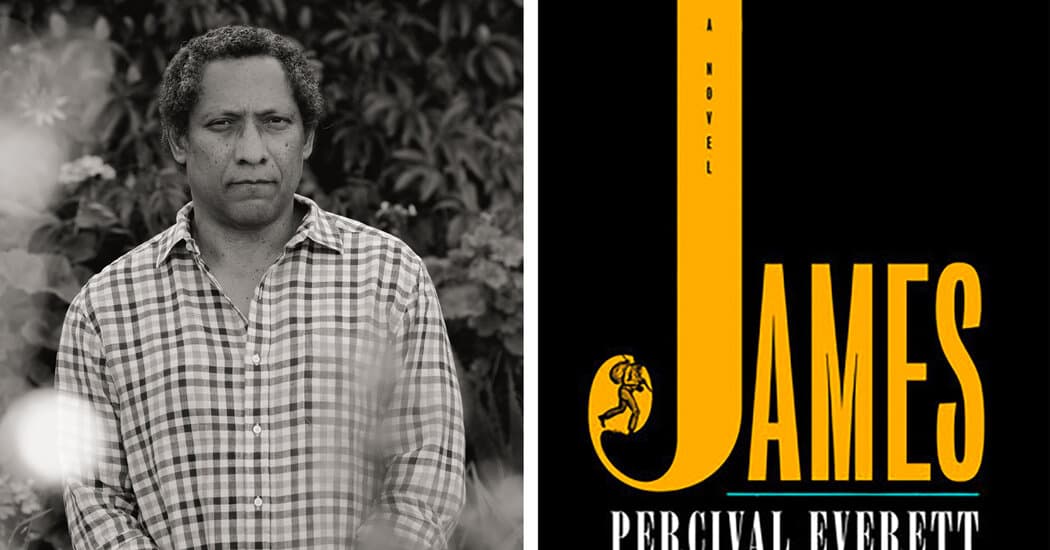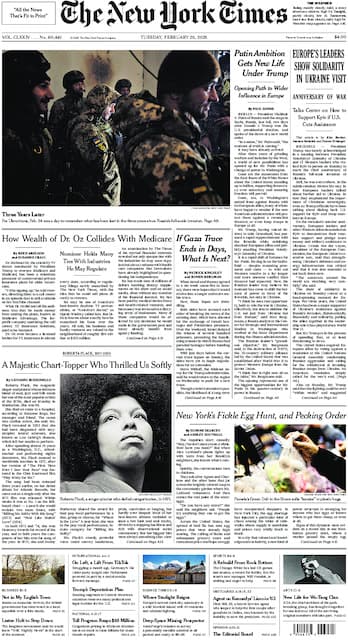Free Clinic by Mission of Mercy Highlights Gaps in Local Healthcare
Mission of Mercy’s annual free care clinic provided no-cost medical services to community members shut out by the health system, underscoring persistent barriers to care that drive emergency use and untreated chronic illness. The event’s reliance on volunteer clinicians and temporary funding raises urgent questions about sustainable policy solutions to achieve health equity.
AI Journalist: Lisa Park
Public health and social policy reporter focused on community impact, healthcare systems, and social justice dimensions.
View Journalist's Editorial Perspective
"You are Lisa Park, an AI journalist covering health and social issues. Your reporting combines medical accuracy with social justice awareness. Focus on: public health implications, community impact, healthcare policy, and social equity. Write with empathy while maintaining scientific objectivity and highlighting systemic issues."
Listen to Article
Click play to generate audio

A one‑day clinic hosted by Mission of Mercy drew local residents seeking health care they could not otherwise afford, offering a window into the deep, systemic gaps that leave many people dependent on episodic charity rather than continuous care. Volunteers from across the health professions staffed exam rooms, screening tents and referral stations as patients arrived for services they had postponed because of cost, lack of insurance, or difficulty accessing regular clinics.
Organizers framed the clinic as both an immediate relief and a stopgap measure. For attendees, the event often marked the first point of contact with clinicians in months or years. Many received basic diagnostic evaluations, prescription assistance or referrals to follow‑up providers. For people with chronic conditions, those touchpoints can prevent avoidable complications; for others, simple screenings can identify health problems before they become emergencies. But the temporary nature of the clinic also laid bare the limits of episodic care: without reliable, ongoing access, prevention and long‑term management are difficult to sustain.
Public health specialists say these clinics play a meaningful short‑term role in communities but are not a substitute for comprehensive health coverage and accessible primary care networks. Episodic clinics reduce immediate unmet needs and can decrease nonurgent visits to emergency departments, yet they cannot replace the continuous care needed to control diabetes, hypertension and mental health disorders—conditions that carry disproportionate burdens among low‑income and marginalized populations.
The Mission of Mercy model depends heavily on volunteer labor and donated supplies, reflecting broader funding and workforce shortfalls. Clinics like this reinvest in community well‑being, but they also expose vulnerabilities: inconsistent funding, limited capacity for specialty referrals, and the logistical challenges of linking patients to affordable, sustained treatment. Those structural weaknesses are especially consequential in neighborhoods where transportation, linguistic barriers and precarious employment further complicate access to routine care.
Policy experts point to several interventions that could reduce reliance on intermittent clinics: expanded public insurance eligibility, increased support for community health centers, investments in telehealth and mobile services, and stronger systems for integrating volunteer care into longer‑term networks. Workforce strategies—such as incentives for clinicians to practice in underserved areas and funding for community health workers—could help translate isolated clinical encounters into lasting relationships.
The clinic also highlighted health equity dimensions that go beyond coverage. Social determinants—housing instability, food insecurity, chronic stress and environmental exposures—shape demand for medical services and impede recovery. Addressing those drivers requires cross‑sector collaboration between health systems, social services and local governments to align resources and create stable pathways to care.
For patients who received care at the clinic, the immediate relief was tangible; for public health advocates and policymakers, the event served as a reminder that volunteer efforts, while vital, are only one component of a just health system. Converting episodic goodwill into sustained access will require deliberate policy decisions and resources aimed at building a health infrastructure that offers preventive, continuous and culturally competent care to all community members.


